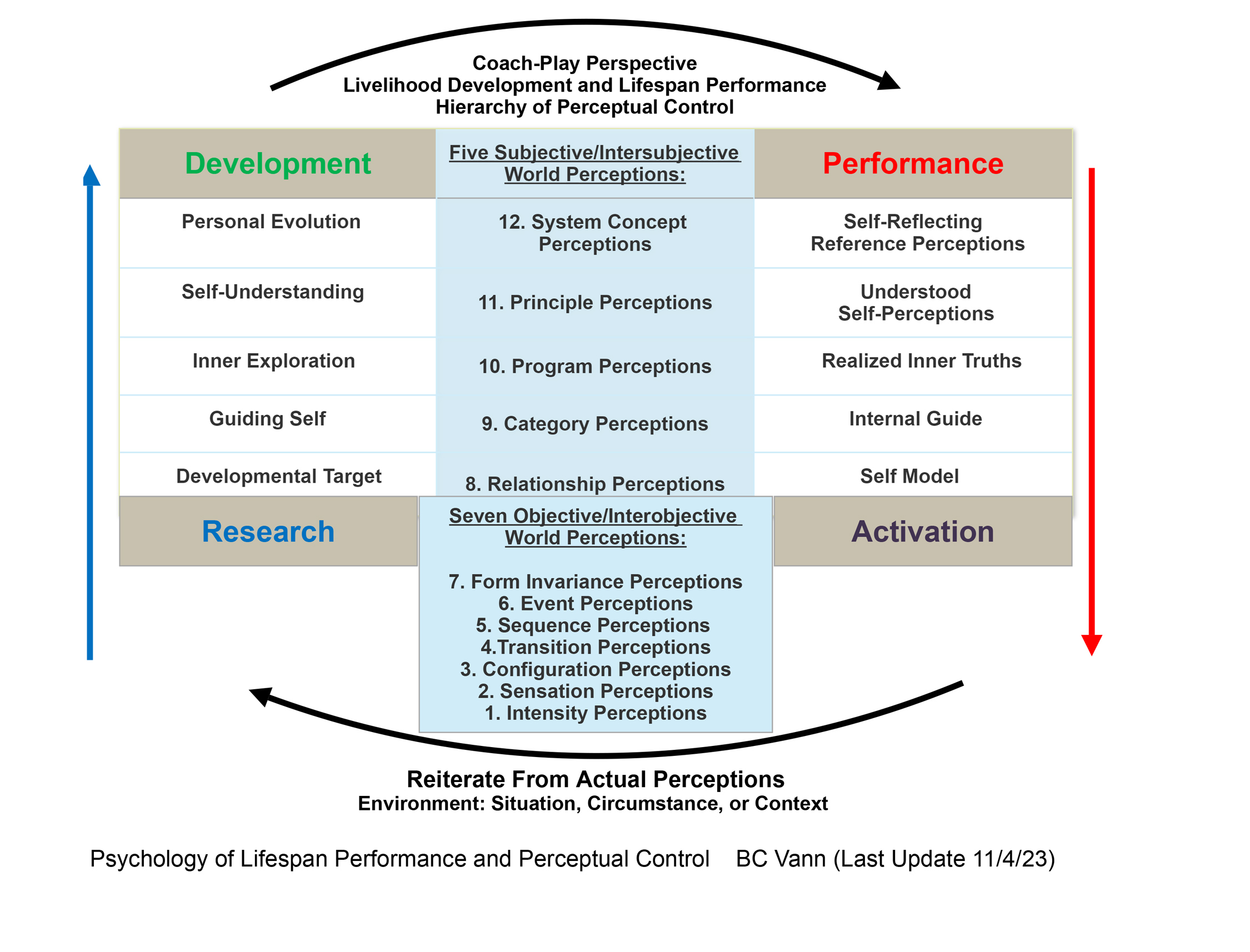As Your Resource For Self-Development
- The Optima Bowling Coach (2025)
Humanistic Revolt
(Page Update 5/18/25)
The Humanistic Revolt is when psychological and educational thinking pivoted from mechanical efficiency to personal meaning and emotional authenticity. Developmental theory argues that growth requires the satisfaction of intrinsic needs and the discovery of a self-defined purpose. Coaching practices responded by centering empathy, dialogue, and client-owned goals, counterbalancing the metric fixation of the industrial era.
Historical Setting
World War II left societies questioning systems that treated people as replaceable parts. Behaviorism’s explanatory reach in psychology seemed thin against the depth of human suffering and moral reconstruction. Abraham Maslow’s hierarchy of needs (1943, 1954) proposed that survival and security matter, yet higher fulfillment depends on belonging, esteem, and self-actualization. Carl Rogers’s client-centered therapy (1951) described conditions (empathy, congruence, unconditional positive regard) where individuals reorganize experience toward greater authenticity.
Universities launched humanistic psychology programs; Esalen Institute (1962) became a meeting ground for encounter groups, gestalt practice, and body-awareness workshops. In education, Jerome Bruner’s Toward a Theory of Instruction (1966) advocated discovery learning, where curiosity drives content selection. Corporate trainers imported sensitivity training to improve teamwork. Across cultures, civil rights and anti-war movements amplified calls for personal voice and democratic participation.
Technology still evolved—transistor radios, early mainframes—but the primary developmental conversation relocated from stopwatches to subjective value. Coaches, counselors, and educators began asking not only “How fast?” but “Why at all?” and “How does the learner feel about the process?”
Coaching Expression
Four core practices characterize Humanistic coaching:
- Facilitative Dialogue: Sessions opened with open-ended questions. The coach adopted a non-directive stance, reflecting feelings and paraphrasing meaning rather than prescribing technique. Success hinged on creating psychological safety where clients could explore contradictions without fear of judgment.
- Experiential Learning Cycles: Inspired by Kurt Lewin’s action research, workshops alternated concrete activity with group reflection. Role-plays, sensory drills, and trust exercises exposed emotional patterns and framed them for insight.
- Goal Personalization: Objectives emerged from the client’s articulated values, not institutional targets. Plans shifted when new feelings surfaced, reinforcing the principle that ownership sustains motivation.
- Holistic Assessment: Journals, narrative reports, and group feedback replaced numeric grading. Coaches tracked energy, enthusiasm, and perceived self-coherence alongside observable behavior.

Development as Nested Perceptual Control
Humanistic Revolt — PCT Lens: Coaches controlled felt authenticity through empathic dialogue; reference values arose from clients’ self-articulated needs, with fewer checks on skill precision.
Plane Balance
The epoch elevated the relational-emotional plane. Coaches viewed congruence between inner state and outward behavior as the core developmental test. Material-sensory skill remained relevant but secondary; technique mattered insofar as it expressed authentic intent. Symbolic-causal framing expanded through discussions of purpose, identity, and personal values, though empirical rigor around those discussions varied.
PIE Integration Note
Purpose moved to the foreground: each client defined meaningful aims. Integrity involves the honesty and depth of emotional reporting rather than instrument accuracy. Experience included subjective narratives and felt sense. The shift balanced Industrial Behaviorism’s over-emphasis on external metrics but risked drifting into abstraction when concrete feedback was lacking.
Carry-Forward Legacy
- Empathic Coaching Skills Active listening, mirroring, and unconditional positive regard remain staples of performance review, leadership development, and motivational interviewing.
- Client-Owned Goals Modern individualized learning plans and athlete self-assessment questionnaires descend from humanistic goal personalization.
- Reflective Journaling Used today in cognitive-behavioral protocols and mindfulness programs, journaling traces back to sensitivity-training debriefs.
Limitations also persist. Over-reliance on introspection can neglect technique calibration; an exclusive focus on positive feelings may underplay the discipline required for elite performance. Later cognitive and systemic movements sought to restore balanced rigor without discarding humanistic insight.
Reflection Prompt
Recall a recent coaching or teaching exchange. Rate the conversation’s emphasis on (a) emotional clarity, (b) concrete technique, and (c) long-term purpose, using a 1–5 scale for each. Where scores differ by more than two points, consider a brief adjustment—either add technical feedback or deepen values discussion—to approach equilibrium.
See Next: Cognitive–Deliberate Practice
Back To: Industrial Behaviorism